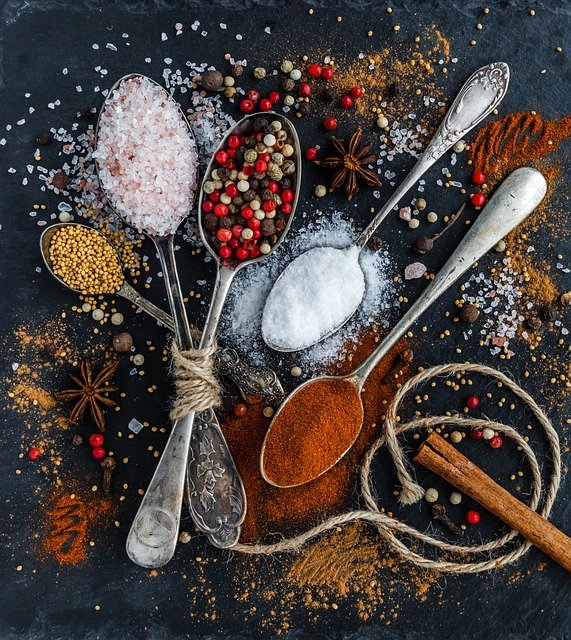Preservation methods that deepen flavor over time
Preserving food is more than extending shelf life; it can concentrate and transform flavor. Traditional and modern methods — from fermentation and curing to controlled drying and acidification — modify texture, aroma, and umami in ways that often improve with age. Understanding the principles behind these techniques helps cooks use them intentionally in recipes and pantry planning.

Preservation methods that deepen flavor over time
Preserving food can be a creative technique as well as a practical one. When done with care, preservation changes the chemistry of ingredients — breaking down proteins, concentrating sugars, and developing acids — so that flavors become more complex and layered. This article examines several preservation approaches, the science behind flavor development, and practical ways to integrate preserved items in cooking, seasoning, and plating.
Fermentation: how does it change flavor?
Fermentation relies on microbes to convert sugars and other compounds into acids, alcohols, and aromatic molecules. Lactic acid fermentation, common in pickles, sauerkraut, and kimchi, brings acidity and savory depth; yeast-driven ferments, like some sourdough starters or alcoholic ferments, add fruity and yeasty notes. Over time, continued fermentation and maturation can increase umami and create nuanced aromatics; controlling temperature, salt, and time helps steer the process toward desirable flavors rather than spoilage.
Preservation: what methods concentrate taste?
Several preservation methods concentrate or transform flavors. Drying reduces water and intensifies sugars and salts; curing with salt pulls moisture and encourages enzymatic breakdown of proteins into savory amino acids. Smoking adds phenolic compounds that contribute bitter, sweet, and woody notes. Acidification (vinegar or citrus) brightens and can unlock aromas, while cell disruption through salt or heat can make flavors more extractable during cooking. Each method alters texture as well as taste, shaping how an ingredient performs in recipes.
Seasoning and herbs: how do they interact with preserved foods?
Seasoning preserved foods requires balance. Salt, pepper, and acid can highlight the depth achieved through preservation, while fresh herbs bring lift and contrast. For example, aged preserved tomatoes or sun-dried tomatoes pair well with bright basil or parsley to balance concentrated sweetness and umami. When seasoning, consider the intensity of the preserved item and add delicate herbs late in cooking or as a finishing touch to preserve their aroma and visual appeal during plating.
Pairing: how to match preserved ingredients in recipes?
Pairing preserved items is about complementary textures and flavor bridges. Rich, cured meats work well with acidic pickles to cut fat, while fermented vegetables balance oily or starchy components. Sweet-preserved fruits pair with aged cheeses and bitter greens, creating contrast. Consider using preserved ingredients as accent components — a spoonful of fermented relish, a scattering of dried fruit, or a smoked salt sprinkle — to add depth without overwhelming a dish’s core flavors.
Herbs and spices: how do aromatics evolve with age?
Dried herbs and spices concentrate volatile oils differently than fresh ones; some aromatics mellow while others become more pungent. Toasting whole spices before grinding can reveal deeper nutty or resinous notes, which work well with preserved or aged foods. Fresh herbs provide brightness that contrasts concentrated flavors, whereas dried herbs and ground spices can integrate more fully during slow cooking or marination. Understanding which aromatics enhance preservation-driven complexity helps in crafting balanced seasoning profiles.
Pantry and technique: how should preserved items be stored and used?
Proper storage preserves both safety and flavor. Keep dried and cured items in cool, dry conditions; refrigerated ferments should maintain stable temperatures. Use opaque containers to limit light exposure and airtight seals to reduce oxidation. When incorporating preserved items into cooking, taste early and adjust seasoning; their concentrated nature often means using smaller quantities. Techniques like gentle reheating, brief grilling, or finishing under residual heat can help preserved elements release their aroma without losing texture or becoming overly salty.
Conclusion
Preservation methods are powerful tools for developing layered flavors. Whether using fermentation to build umami, drying to concentrate sweetness, or smoking to introduce woody aromatics, each technique offers distinct sensory benefits. Thoughtful pairing with herbs, spices, and fresh components, plus careful storage and technique, allows cooks to harness these transformations and integrate preserved ingredients into recipes and plating with precision.





